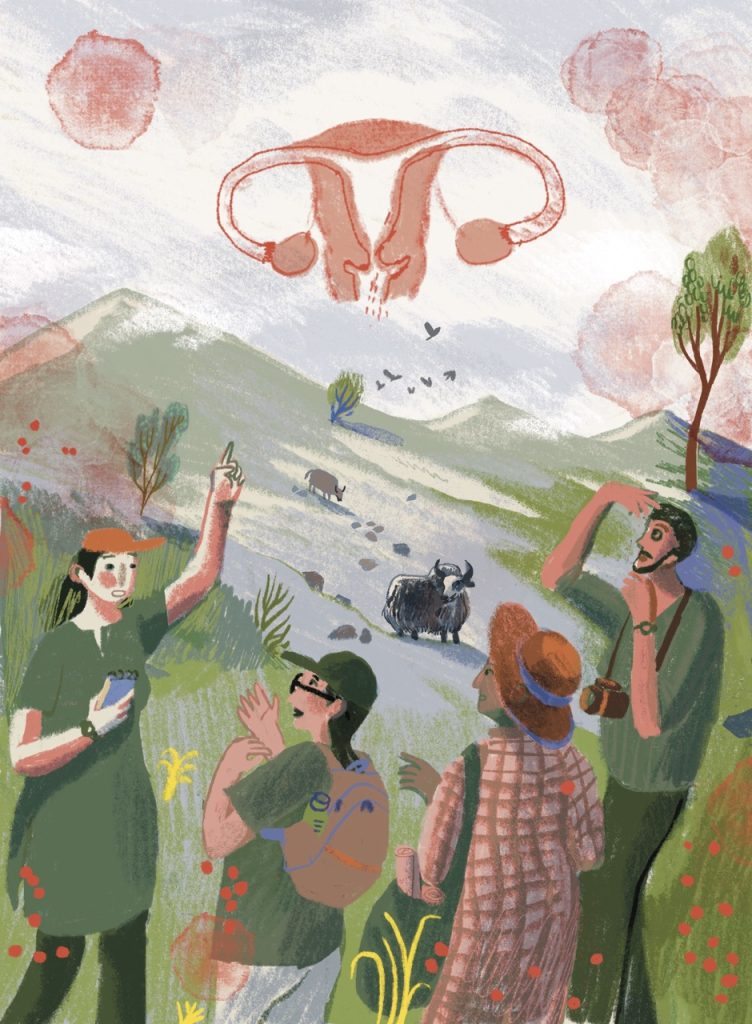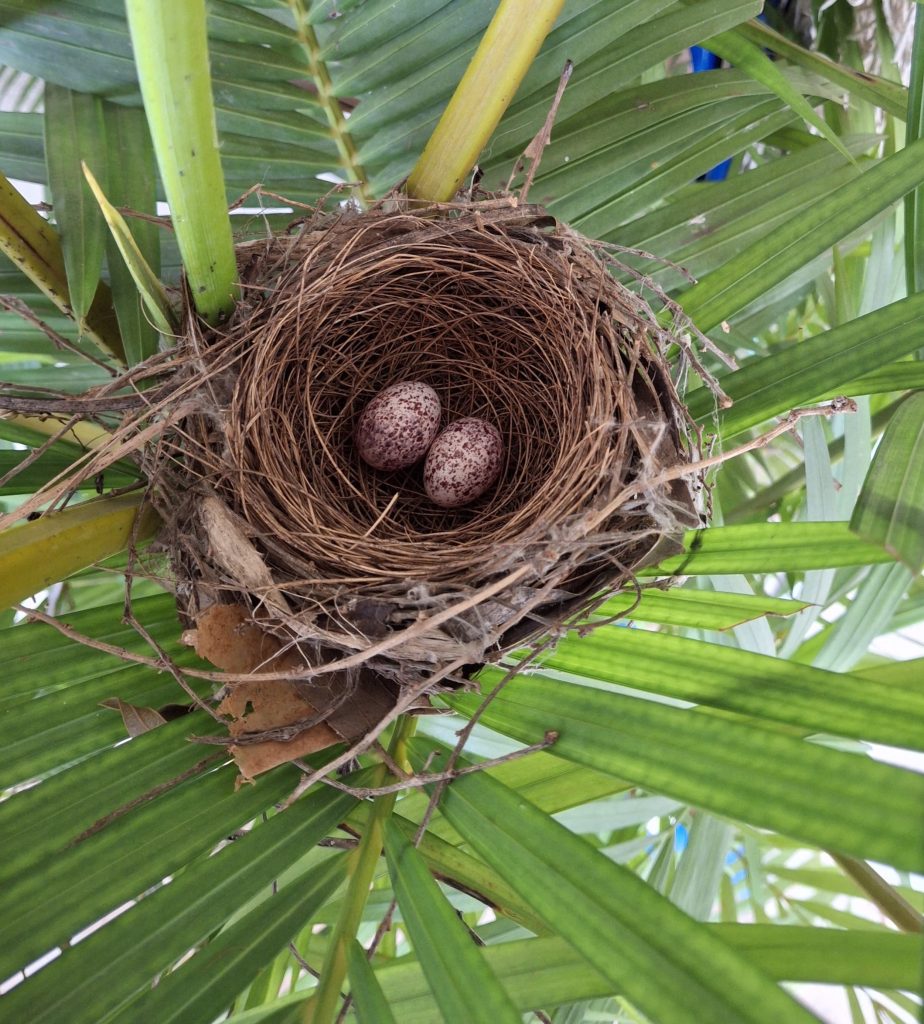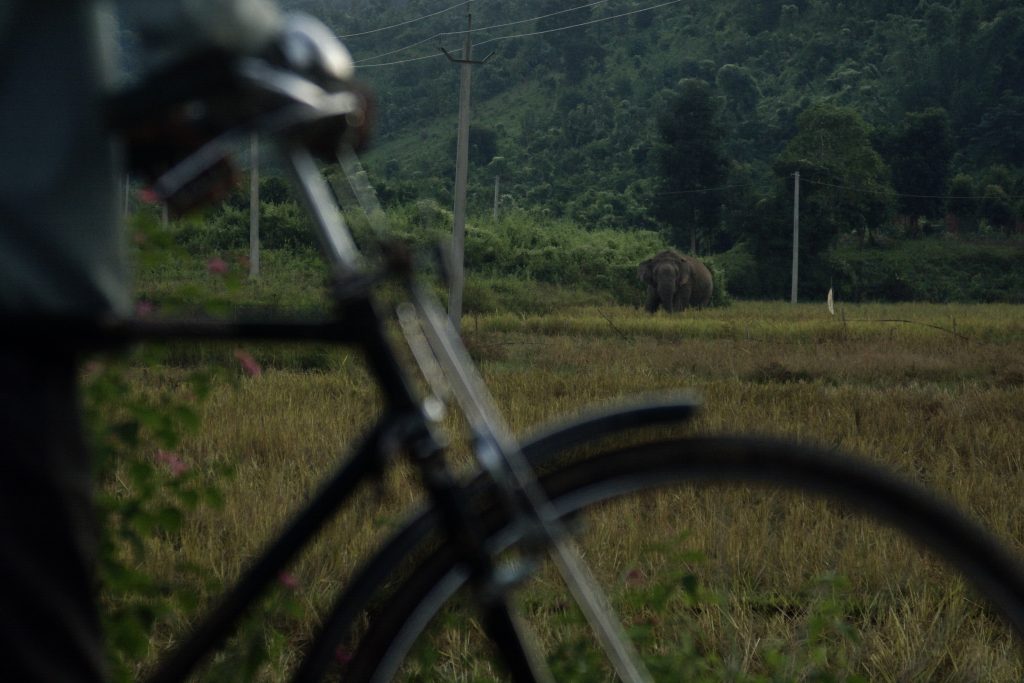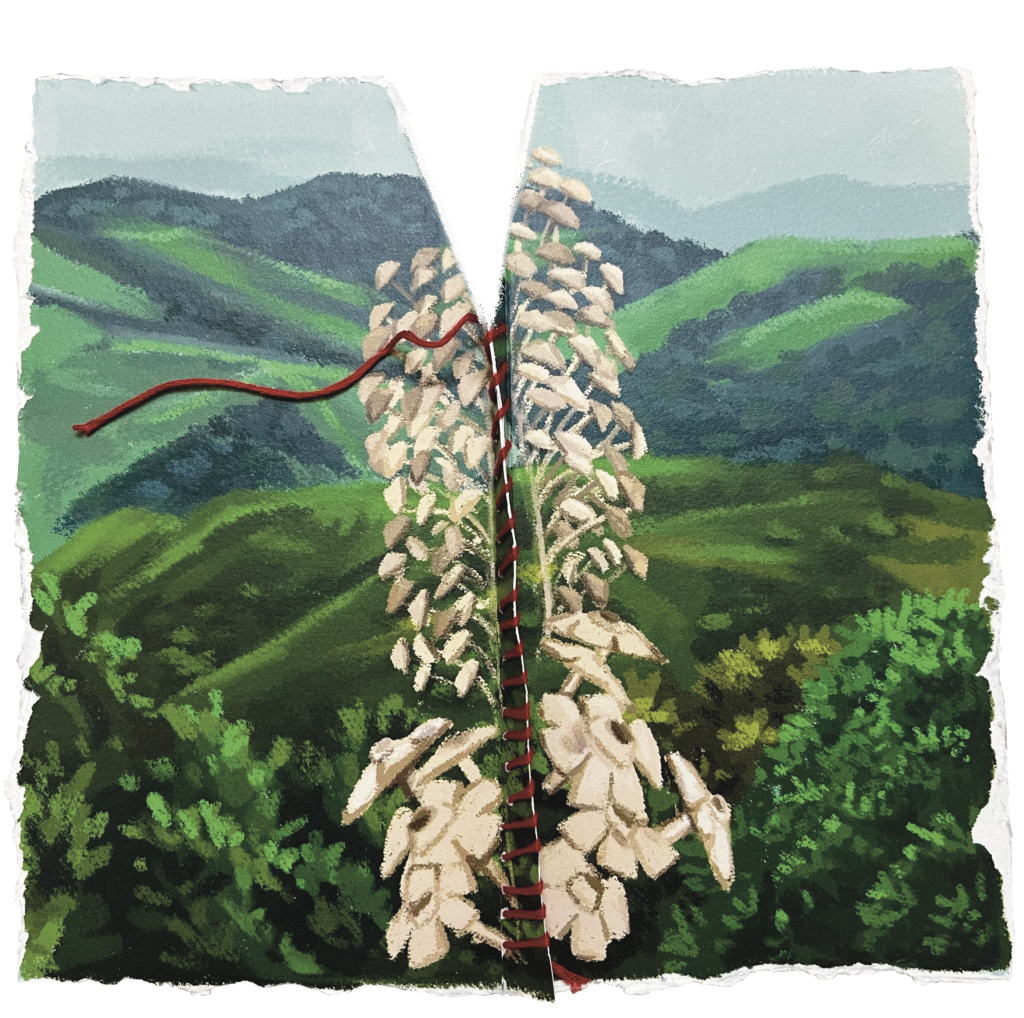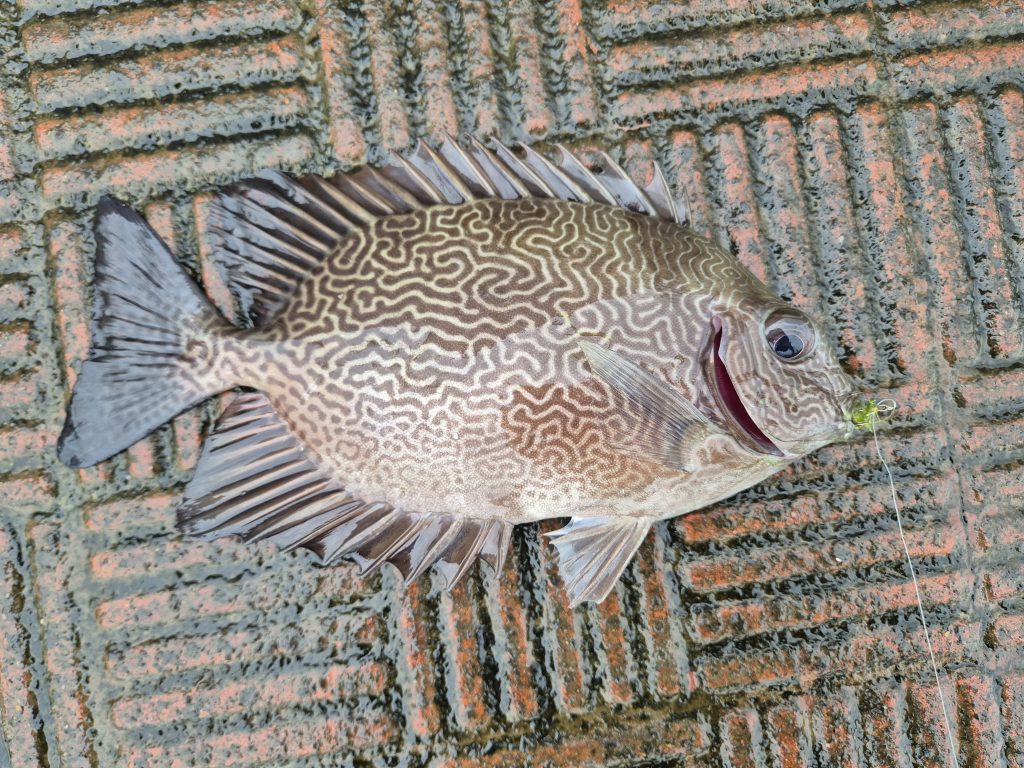Around midday in the hot sun, my 85-year old grandma, Yashodamma, came across a spectacled cobra (Naja naja) in her backyard. She lives by herself in a village called Humcha, located in the heart of the Western Ghats, the Shimoga district of Karnataka, India. In her absence for a couple of months, the cobra had probably found an undisturbed space in her backyard and made itself at home. This snake is highly venomous and one of the big four in terms of snakebite and human deaths across India. However, grandma’s first reaction on noticing it was not fear, as one would expect. Rather, she thanked the snake for appearing before her and prayed that it would not harm anyone. In Hinduism, spectacled cobras are considered to be the deity Nagaraja.
She kept an eye on the snake’s movement to make sure that it did not enter the house. Around 4 PM. she saw it slither across the road and towards the neighbour’s house. It then hid inside a gutter with only the tail visible to grandma. Out of curiosity, she continued to watch its activity. After an hour, the cobra’s tail started to wiggle strangely. A few minutes passed before it climbed slowly out of the gutter, body enlarged. It seemed to be struggling after ingesting something big. After a few more minutes, the snake appeared to be writhing in agony. By now, it had moved back towards grandma’s portico. Suddenly, it regurgitated an undigested rat, but continued to writhe with the shape of something else still in its stomach.
By this time, grandma realised that the snake was in agony and had started to feel its pain. She did not want to call any snake rescuers because many with poor knowledge would just catch and release the poor creature far away, adding to its stress. She placed a bowl of water near the snake but it was of no help. Around 7 PM, the snake died with its mouth wide open in grandma’s portico. She wept like there was a death in the family, informed the neighbours, and called a poojari (Hindu priest) to perform the cobra’s last rites. Nobody knew the cause of death for sure, but grandma concluded that the cobra had swallowed a pair of rats that had been poisoned by people. Rat poison is commonly used to keep the rat and bandicoot populations around the village in check.
This is one of several stories that show how coexistence with and tolerance of wildlife—even when they can be dangerous to humans—is cultural in India. Deep-rooted cultural values and norms, particularly amongst rural communities, are the reason wildlife continues to thrive in a densely populated country. For example, most elements of nature are worshipped as deities by Hindus—the elephant as Ganesha, turtle as Vishnu, boar as Varaha, wind as Vaayudeva, river as Kaveri, and so on. There is an intrinsic understanding of ecology and natural laws in daily life, which people also celebrate through seasonal festivals. Grandma knew how to safely share space with a venomous cobra, realised that releasing it far away from its territory would add stress, and understood the importance of the food chain and how disastrous poisoning rats was to the snake—something that the younger generation have to be taught in schools and Universities. She mourned the death of the snake for three days and on the fourth day, she was emotional while narrating the tragic story to my mother. Her connection to the snake was a combination of science and emotion towards the creature.

People’s relationship with nature and wildlife varies across cultures and can depend on religious beliefs, traditional practices, and daily lifestyles. Unfortunately, with increasing urbanisation and commercialisation, people are losing touch with nature as well as their culture. And as cultural connections to wildlife disappear along with grandma and her generation alike, the few practices that remain continue without their original meaning and relevance. Worship (in Hinduism) is limited to idols confined within constructed temples, while living Nagarajas end up as roadkill, Ganesha and Varaha are electrocuted, Vishnu is illegally traded, Vayudeva and Kaveri are polluted, and their habitats destroyed. With much of India’s wildlife living outside protected areas, retaining our deep cultural connection with wildlife is all the more important for their continued survival. Although grandma’s story strengthened my conviction that conservation is not possible without emotions and cultural values, it left me with several questions. How can wildlife conservation be brought back as an important aspect of culture? Is it the responsibility of our educational systems alone or do our families and the larger society have a role to play too? Ultimately, humanity is built around and shaped by culture, and retaining the true essence of that culture is what conservation needs the most today.
Photographs: Santosh Takale and V Pushkar via Creative Common Licence

